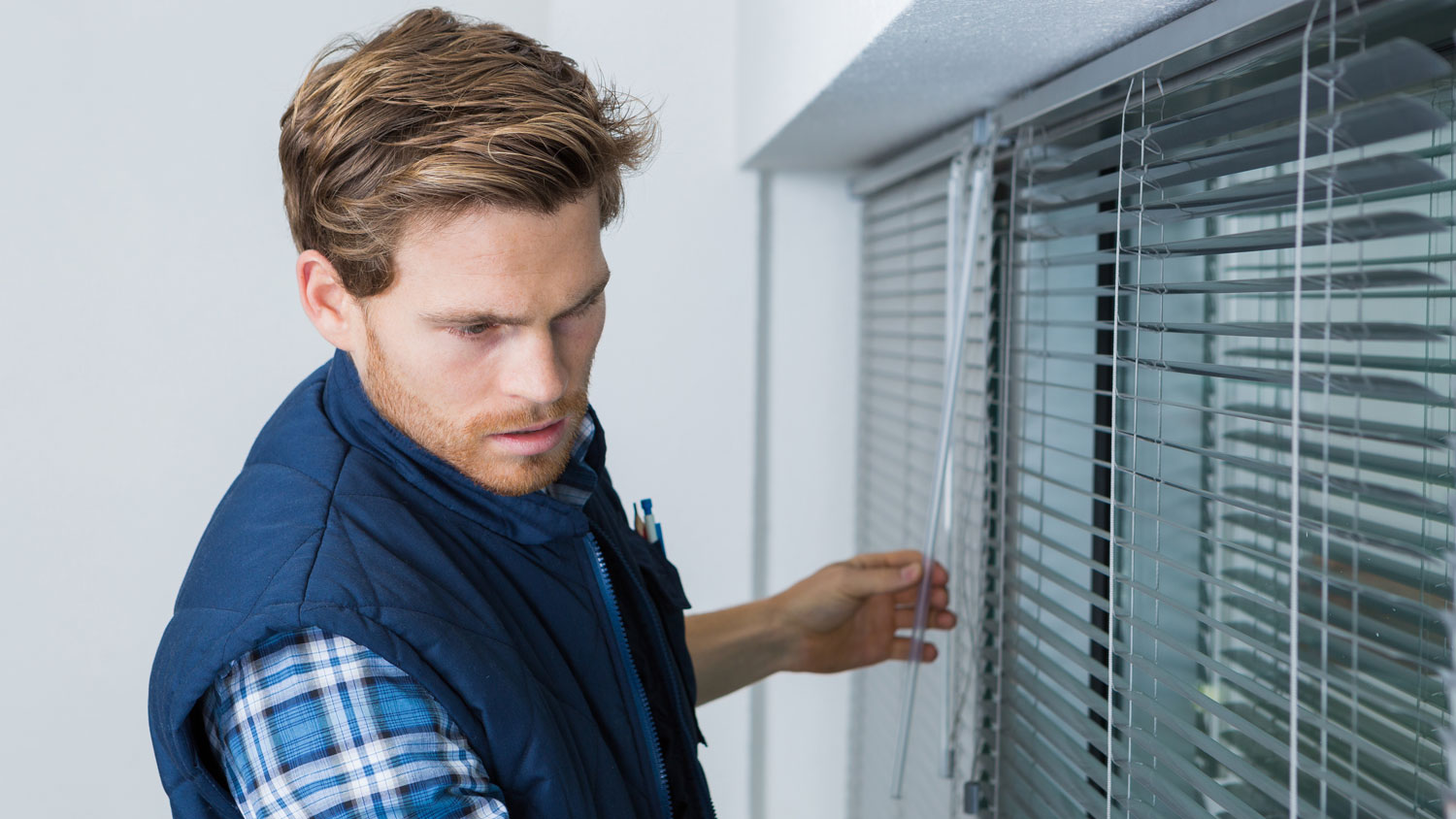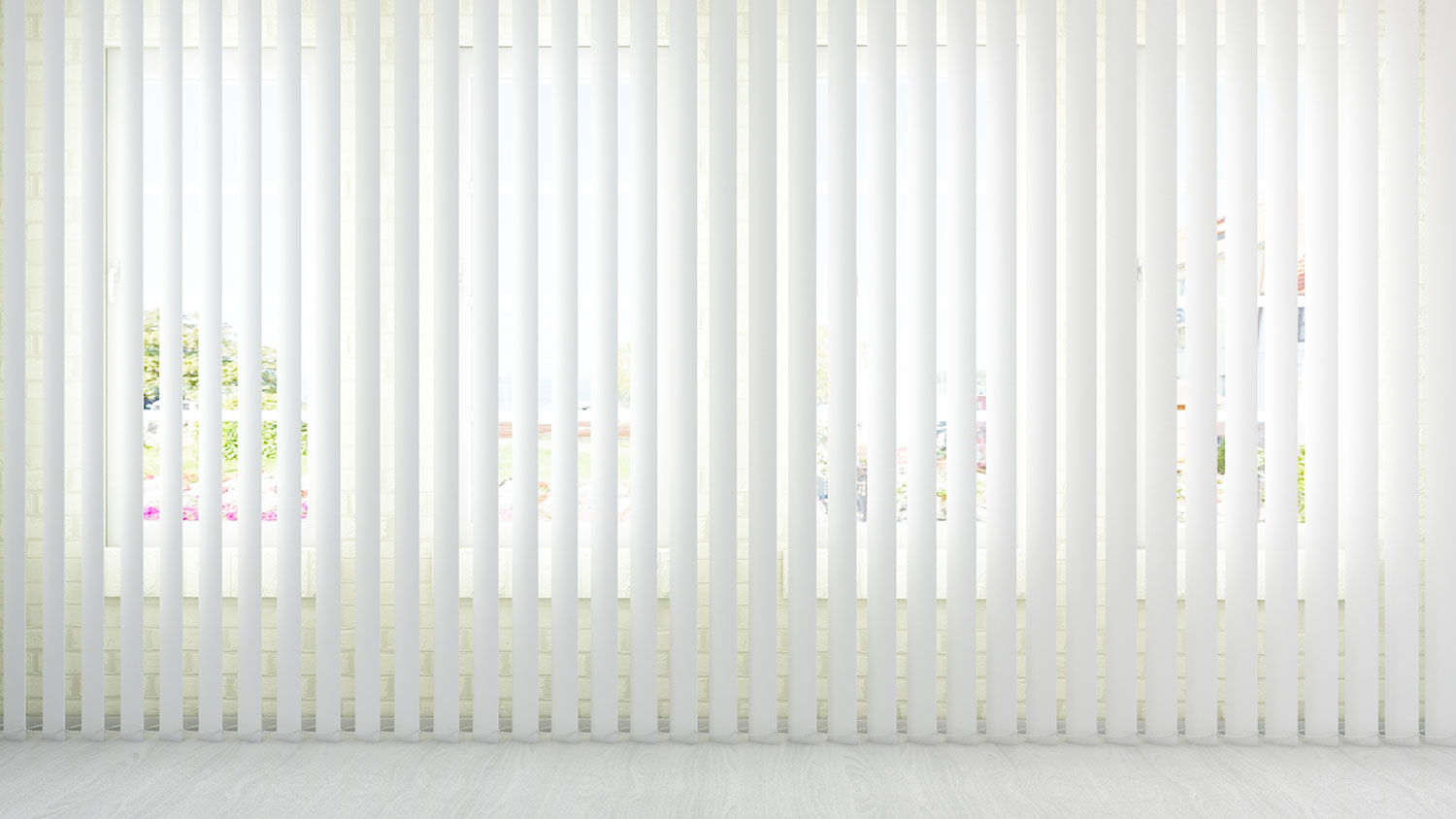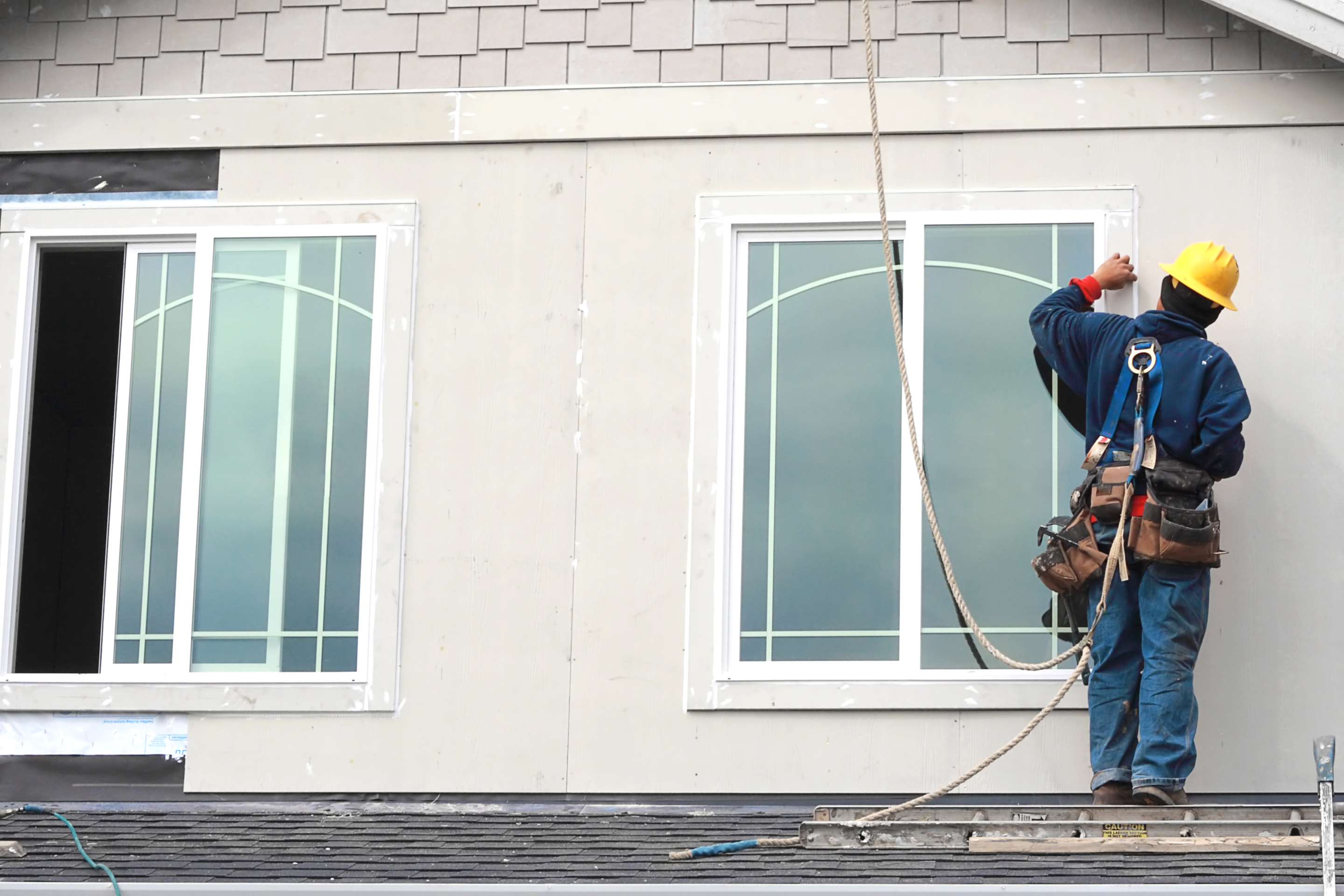
Get expert insights on blind repair cost, including average prices, key cost factors, and ways to save. Learn what impacts your blind repair estimate.
A few unexpected tools will keep your cellular shades good as new


Cellular shades are a type of window treatment that’s designed in a unique way to keep your home insulated and energy costs down. They’re also known as honeycomb shades because of their interesting, honeycomb-shaped structure, which is pleasing to the eye but a bit more difficult to maintain than standard window coverings.
But with the right tricks and a couple surprising tools, you can easily clean your cellular shades without messing up their distinctive form.
Avoid submerging cellular shades in water as this could permanently damage their shape and lead to rust. You’ll want to only wipe them with a damp cloth and dry thoroughly.
Dead bugs, dust, and even animal dander have a tendency to get caught in small, hard-to-reach spots like the inside of your cellular shades. Luckily, cleaning the cell interior is easy to do with the compressed air you normally use to clean your keyboard.
"Compressed air cans are a great resource for removing dust and dirt particles,” said Asya Biddle, Angi Expert Review Board member and manager of The Dustbusters, a family-owned and operated janitorial company in Williamsport, PA. “Some uses include cleaning computer screens and keyboards, dirt removal from interior window parts, dust and hair removal from lamp shades, and dirt, dust, and bug removal from cellular shades."
Lay a drop cloth or unfold a newspaper underneath your cellular shades to catch debris as it falls. Then, working one by one, spray air into the opening of each cell. You may need to do this from both ends to ensure you’ve completely cleared the inside of each cell.

Once you’ve removed all debris from the cell interiors, you can move on to the exterior. Use a vacuum with a brush attachment to gently suck up any dust that’s collected on the outside and corners of your cellular shades. If that’s not enough to get everything off, use a microfiber cloth to remove anything that remains.
As you vacuum or use a microfiber cloth to wipe the exterior of your cellular shades, you may begin to notice they’re losing their structure. To prevent this from happening, take extra care to wipe in only one direction as you go, rather than back and forth. Aggressive scrubbing can shake the window covering out of shape, so remember to be as gentle as possible.
Honeycomb shades are also highly sensitive to moisture, and can stain or wrinkle permanently from too much contact with water. For spot-cleanings, use a cloth dampened with warm water and a couple drops of a mild detergent (like dish soap) to softly scrub away stains. Wring out your cloth before using it to ensure it won’t soak your shades.
Dry wet spots as quickly as possible to avoid permanent staining or damage to the structural integrity of your cellular shades. Use a blow dryer on a low heat to speed up the process and ensure your newly cleaned blinds look as good as they did on day one.
Dusting your blinds on a weekly basis will greatly reduce the need for a deep cleaning session. Simply use a feather duster to lightly wipe each cell in one direction. This chore will add just five minutes to your usual cleaning routine and save you a big headache in the long run.
Cleaning cellular shades on your own can cost as little as $10, depending on how many of the necessary cleaning materials you already have. Hiring a local blind cleaner will save you time on this chore and eliminate the need to stock up on supplies, but you’ll pay more as a result.
On average, curtain and blind cleaning costs range between $140 and $350 and depends on the type of and how many window treatments you have. For example, a pro may charge more to clean cellular shades because of their delicate material and design. You can also opt for hiring a professional window cleaner and ask them to clean your blinds as part of their service. Window cleaning costs around $200 on average.
Similarly, a house cleaner may be able to clean your cellular shades along with other parts of your home. On average, house cleaners cost around $50 an hour, with an average visit costing $175.
In general, when you consider the cost of installing new blinds to be $700, spending a little extra to maintain your cellular shades in the long term is worth it.
From average costs to expert advice, get all the answers you need to get your job done.

Get expert insights on blind repair cost, including average prices, key cost factors, and ways to save. Learn what impacts your blind repair estimate.

Discover the average blind cleaning cost, what impacts the price, and how to save. Get transparent estimates to keep your blinds spotless and your home fresh.

Discover the cost to install vertical blinds. Learn about average prices, key cost factors, and tips to save on your vertical blinds installation project.

Discover how much solar screen costs, exploring key cost factors and expert tips to help you budget for solar screen installation on your home.

Cleaning your blinds can seem tricky, but you can tackle the task with basic household supplies. Find out the best way to clean your blinds.

High-tech ultrasonic cleaning takes your dirtiest window coverings and makes them new again. Use our guide to learn about the process, costs, and advantages of ultrasonic cleaning and get helpful tips to find the best cleaning service near you.